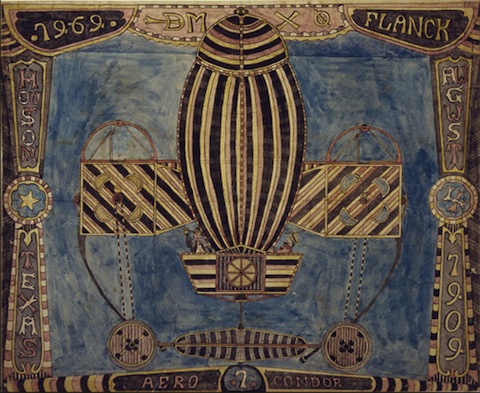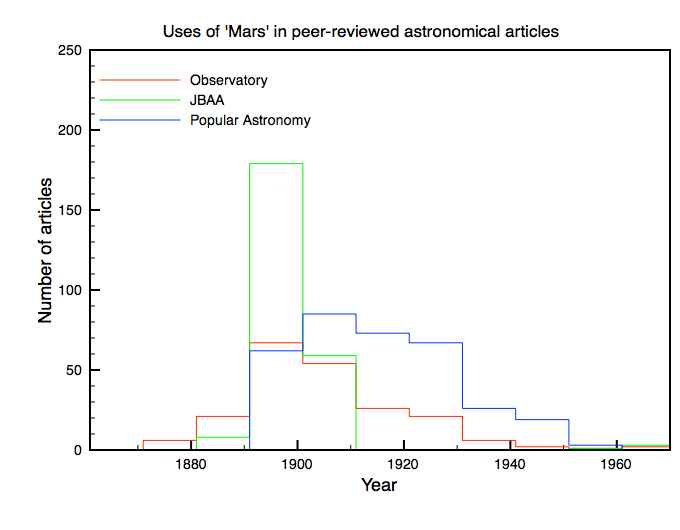Half full and half empty
Getty Images has just announced an embed function, which makes it possible to very easily use images from their collections in blogs and other social media, while simultaneously maintaining Getty Images’ rights and — this is the really nice bit — avoiding the use of unsightly watermarks. This is rightly being greeted with enthusiasm (though […]






